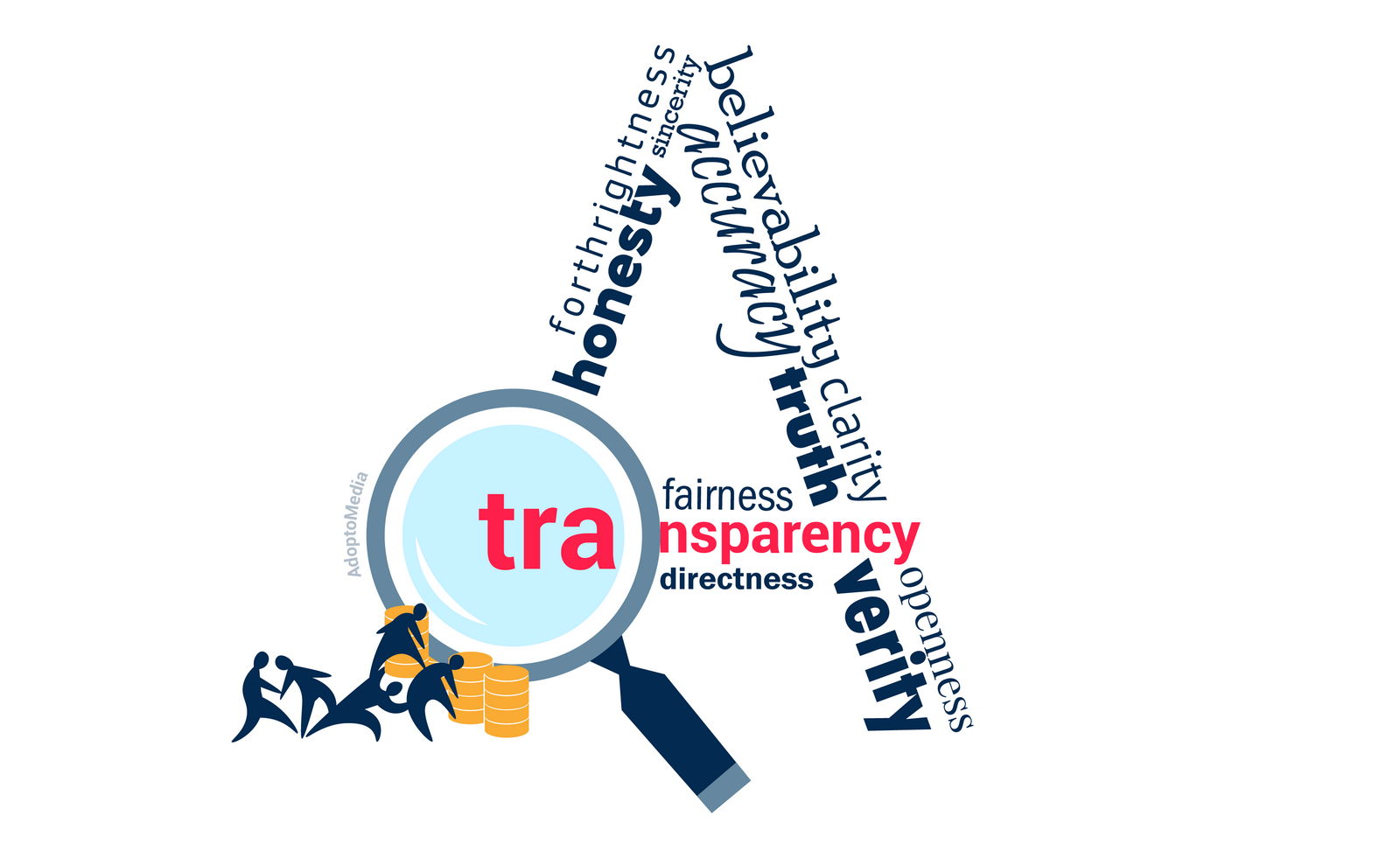
The 2016 research on media transparency in the US market by K2 Intelligence and the Association of National Advertisers was fundamental in shedding light on the status quo regarding how advertisers and agencies view their respective roles in their relationship. From the advertiser’s perspective, it seems quite natural to expect the agency to act in the advertiser’s best interests.
In the first part of the article, we explored the non-transparent practices revealed by the investigation.
As outlined in the “Transparency Guiding Principles of Conduct” issued by 4A’s in January 2016, “The default principle in all client/agency relationships where the agency is agent and the client is principal is full disclosure and full transparency in media planning and buying, unless there is an exception that the client has agreed to in advance and is covered by a separate agreement. Further, the client/agency agreement should specify that the client is the principal and the agency is the agent.
However, the same Guiding Principles also make mention of the agency’s ability to also act as principal: “The agency should always ensure that the client clearly understands the nature, implications and benefits of any opt-in products and services, including disclosed and non-disclosed models. These should be documented with an opt-in agreement, with a clear explanation of any implications for audit rights, access to the agency’s underlying costs and whether the agency is acting for the client as its agent or as [a] principal”. Therein lies the basis for potential conflict.
The pro-transparency position is shared by a number of the current and former members of the agency community interviewed by K2 over the course of the research, who stated they believe there was not only a legal but also an ethical duty on their part to act in their clients’ best interest. This has been described by one former senior executive of an agency holding company as very “old school”; an inclination to “only act on the advice and counsel of their clients, whose interests they have in mind completely”.
If you don’t consistently demonstrate you’re acting in the client’s best interests, it’s almost a foregone conclusion that you will lose that client
Such sentiments could be encountered all the way from the top holding company level executives down to employees at affiliate agencies. As stated by a former CEO of a media agency, “If you don’t consistently demonstrate you’re acting in the client’s best interests, it’s almost a foregone conclusion that you will lose that client”, and another asserted his firm was “generally advised to work in the best interests of clients” and would “often go above and beyond what the contract stipulated” to serve the client.
Some members of the independent advertising community followed suit, as a current c-level executive at an independent agency asserted, “there’s a moral responsibility of trust in that client relationship. Clients need to know about any conflicts of interest you have, and you need to tell them about it, so they can make an informed decision. I don’t want my clients ever to think I’m not doing something that’s not in their best interests. So if I’ve set something up as a separate interest, I’d like them to be aware of it”. In other words, there is an understanding of an “implicit agreement” that agencies act in the clients’ best interest, as opposed to it being spelled out in the formal contract language.
Others, however, presented a different point of view that is partial to the formal interpretation of the relationship as prescribed in the advertiser-agency contract. For instance, the current CEO of an agency holding company mentioned that he understood the agency’s primary responsibility to the client as to be “consistent with what they want from us and on a transparent basis” and “there is nothing wrong with something if the contract agrees to it”. Furthermore, it has been noted that the interests of the agency holding company’s shareholders often pulled in a different direction than the agency’s responsibility to the client, causing potential conflict. While the agency’s obligation is to act in the client’s best interest, its holding company is obliged to act in the best interest of the business operations it supervises. As reported by a former c-level agency executive, buying decisions were moving ever increasingly into the domain of the agency group, rather than the individual agencies.
Buyers and planning teams were thus stripped of autonomy and authority, while the agency group was able to steer them toward purchasing from specific media vendors ensuring the largest rebates and giving rise to an environment where buying decisions were fully driven by potential agency group profit. Hammering home the point even further, a former agency group CEO even called the concept of agency acting as the agent “outdated”, citing the fact that advertisers, while wanting brand success and good service, work to reduce CPMs and overall pricing, fostering“misaligned incentives”.
To summarize, the dozens of interviews with former and current agency employees and advertisers make clear the underlying disconnect in the advertising community as to the very basic nature of the relationship between advertiser and agency, where neither the former nor the latter have reached consensus as to the definition of their relationship or how it operates, bringing to light significant disagreement within and between the two groups. This informs the potential conflict of interest between the parties as early as at the planning stage of the advertising campaign.
In the next part, you can find information about a solution for advertisers that enhances media management, accountability, and transparency.


